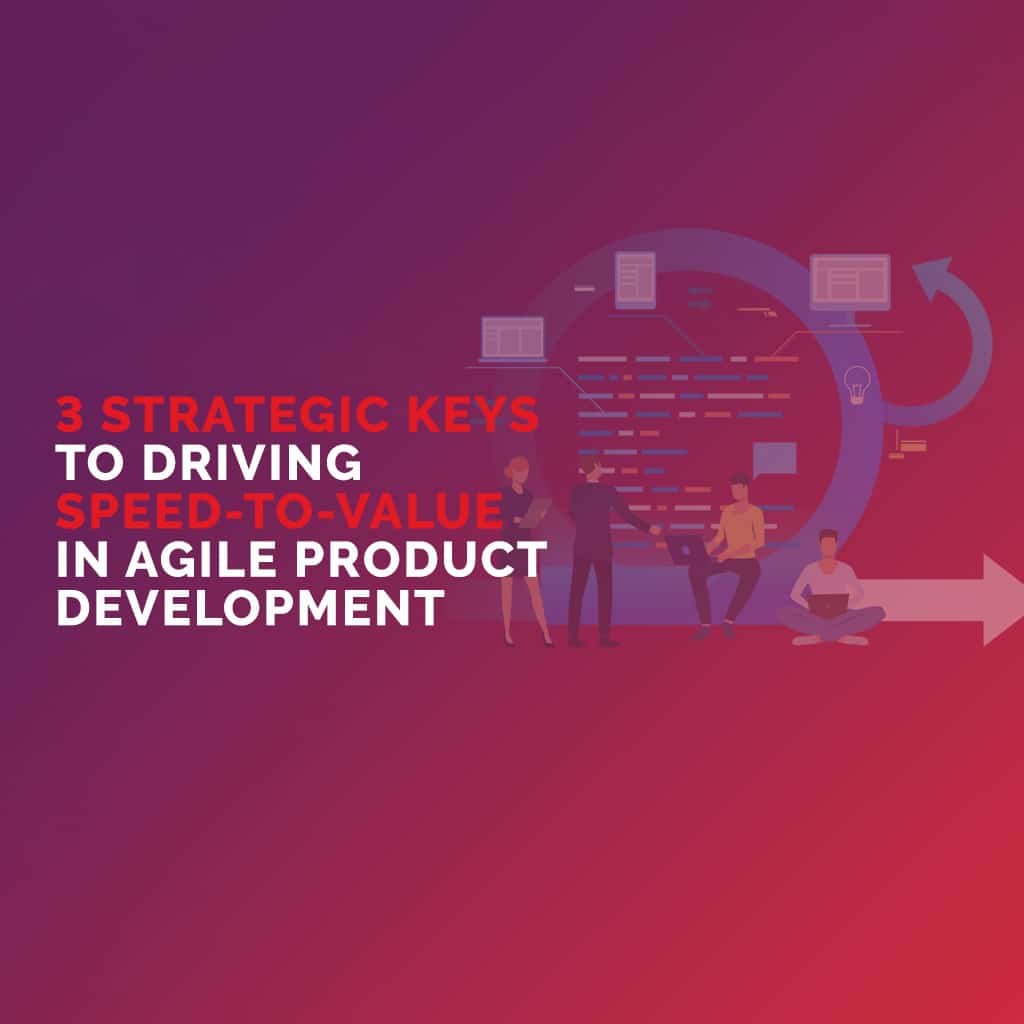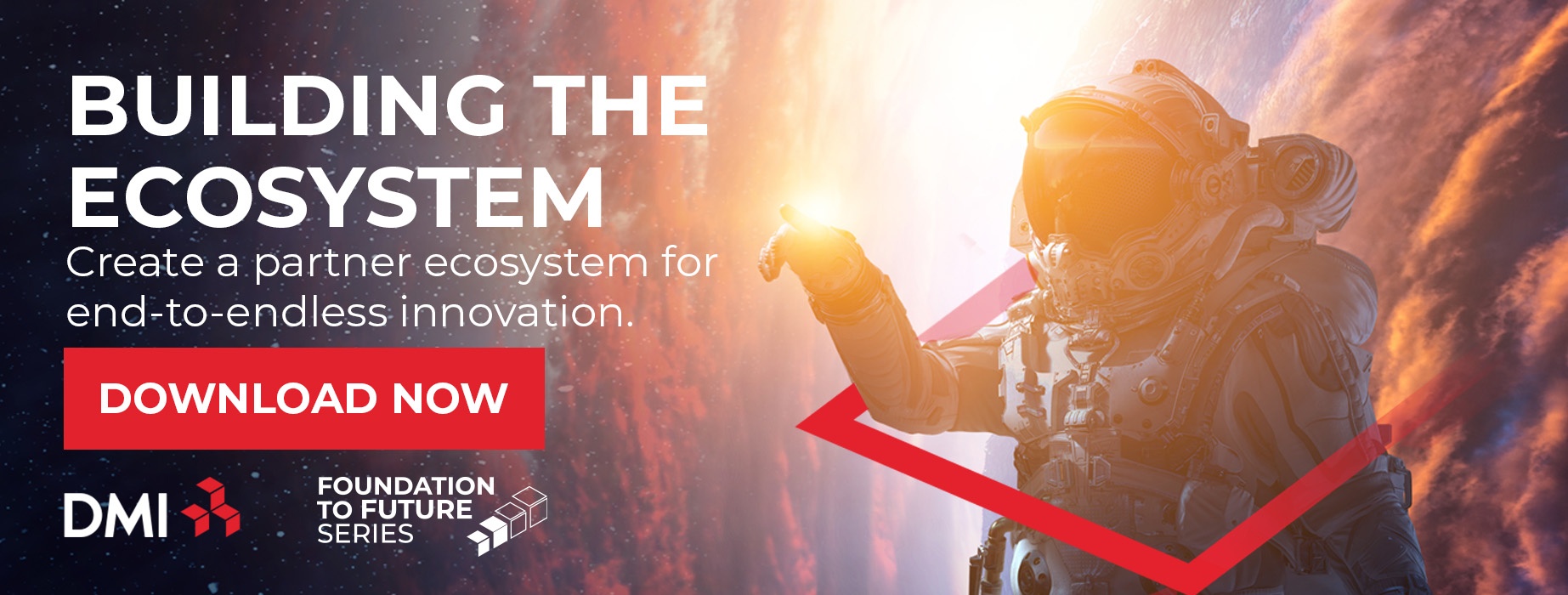
3 Strategic Keys to Driving Speed-to-Value in Agile Product Development
It’s not enough to produce speed and value in Agile product development. You have to provide speed TO value.
Making that happen requires a sound strategic footing. You have to understand why your company needs to use agile methodologies and how they will outperform conventional methodologies like waterfall.
Winning with Agile requires a sound time-to-value strategy. Here are three keys to formulating that strategy, based on DMI’s deep experience with Agile development across multiple industry sectors.
- Align Agile With Your Critical Business Goals
Agile cannot happen in a vacuum. It has to work in the context of your company’s primary goals. Moreover, Agile performs best when you can merge speed and value to do the most good.
If you’re getting disrupted by a well-funded startup, for instance, you have no time to waste on rigid waterfall methodologies. You need a fast, flexible route to value — whether you’re adding revenue, reducing risk or building market share. Agile gives you that.
However, waterfall may be the better choice if you expect minimal changes to a project’s scope, schedule and budget. You have to find the best fit for your specific objectives.
- Make Value Your Highest Priority
Agile development typically happens with small teams working in sprints of two to four weeks. Teams create a prioritized backlog of tasks to perform, tracking their progress on a burndown chart. While this approach is effective, focusing only on progress and productivity does not paint the full picture when Agile’s primary objective is to produce speed-to-value.
At DMI, we prioritize Agile development like this: Value > quality > progress > productivity. All of these factors are absolutely crucial to Agile success, but we find that progress and productivity don’t mean much unless they serve higher goals of adding value and upholding quality.
Thus, we emphasize delivering value supported by high-quality software with a minimum of bugs. Emphasizing value and quality also eliminates slip-ups that thwart progress and productivity.
- Measure Your Progress
Agile doesn’t have the hard-and-fast structure of waterfall methodologies, so it can be difficult to quantify your success. But it can be done.
DMI developed a proprietary formula to measure the success of Agile teams. We named it APIX (Agile Performance IndeX) and we designed it to address a well-known phenomenon: measuring something influences your outcome. When you track Agile success only with burndown charts, for instance, you can emphasize progress even without enhancing time-to-value.
APIX measures Agile success by prioritizing value and quality over progress and productivity. Measuring Agile this way encourages teams to pursue the most valuable outcomes.
We customize APIX’s parameters to suit the needs of each client. Contact us to find out how to put APIX to work in your next Agile development initiative.
— Brian Andrzejewski, vice president, business transformation services
![[FREE GUIDE] RECOGNIZE THE BENEFITS OF DIGITAL TRANSFORMATION THROUGH AN ECOSYSTEM APPROACH](https://no-cache.hubspot.com/cta/default/8444324/f8ee566c-b425-459e-978e-2b8f0eb44811.png)
